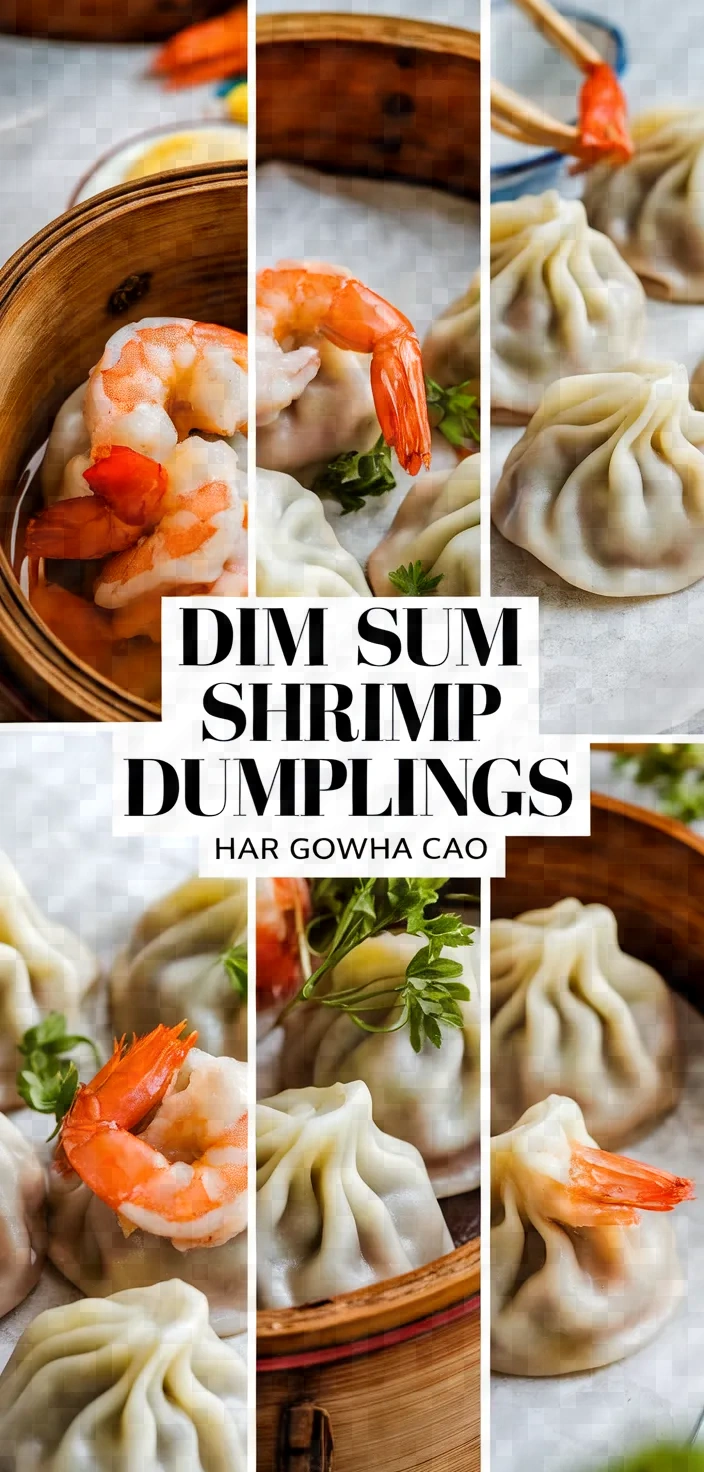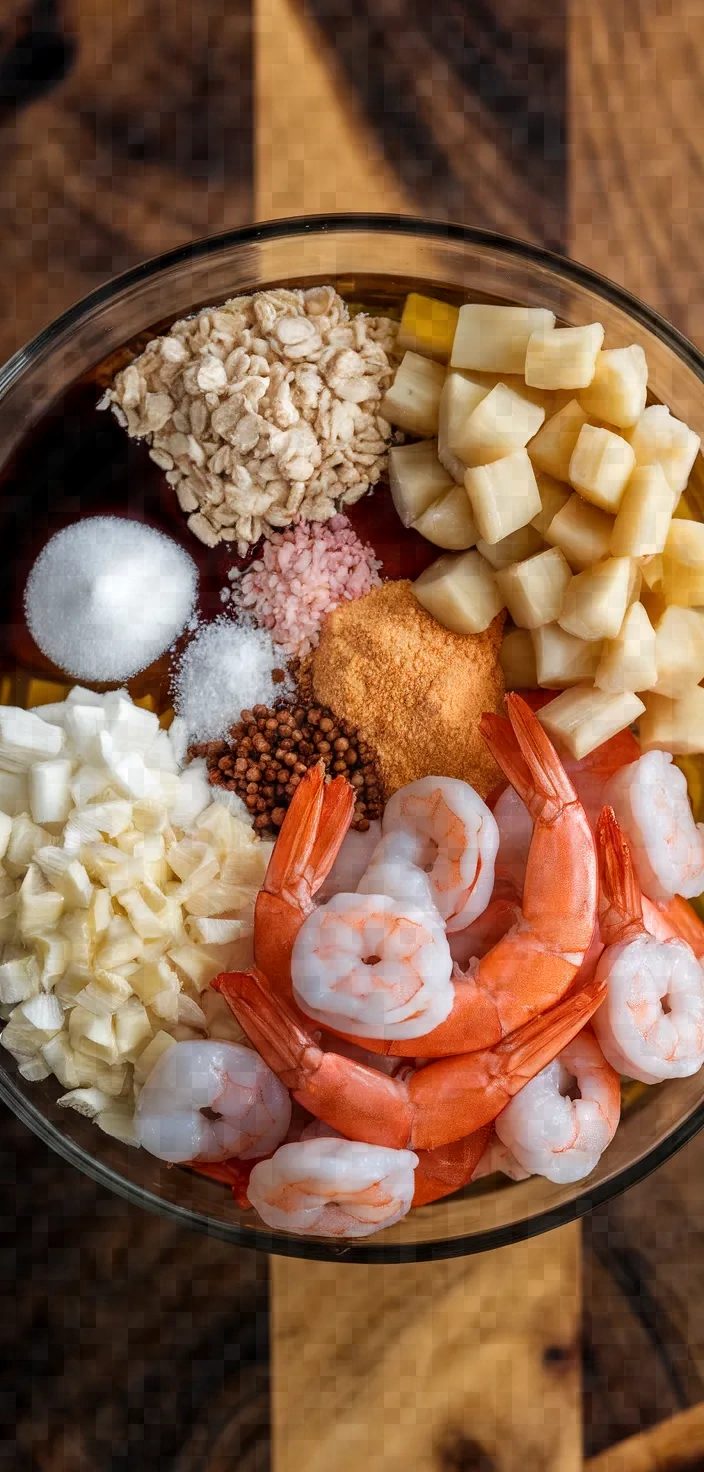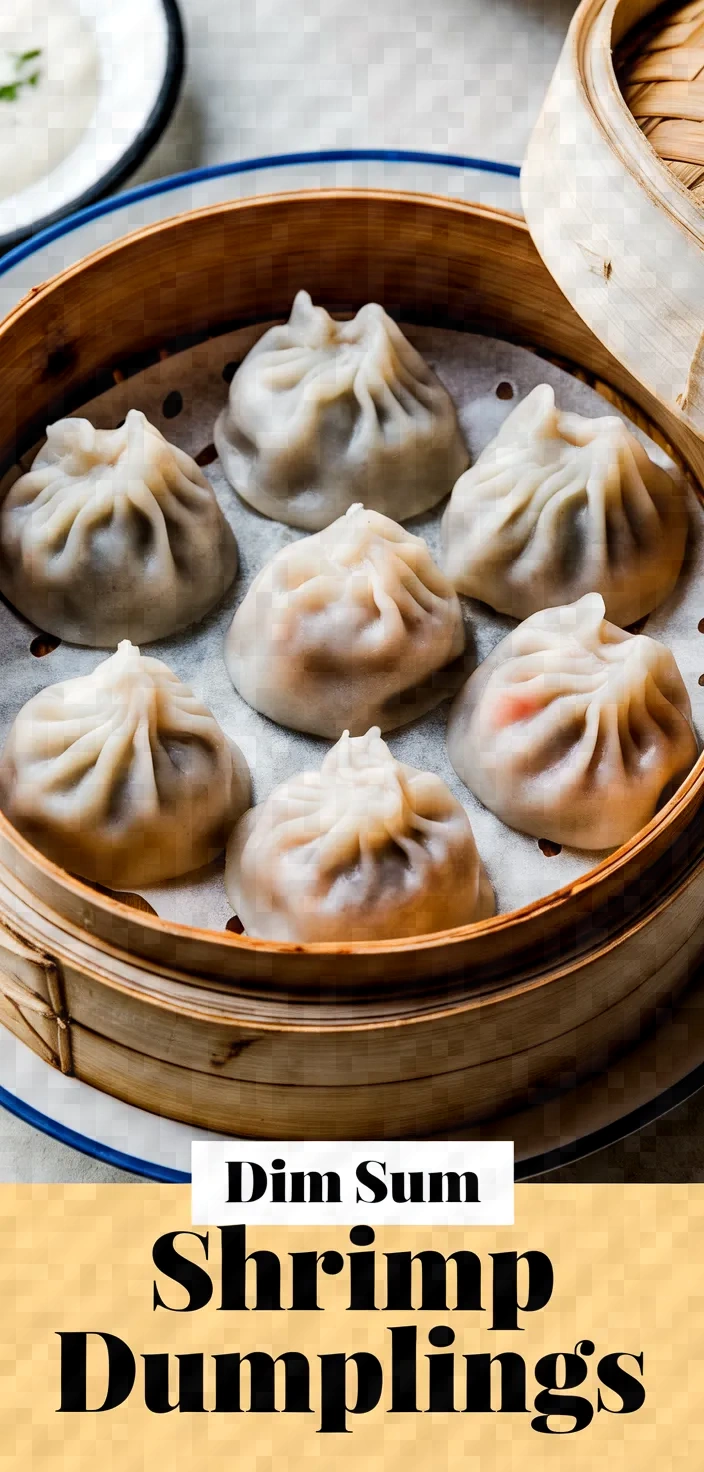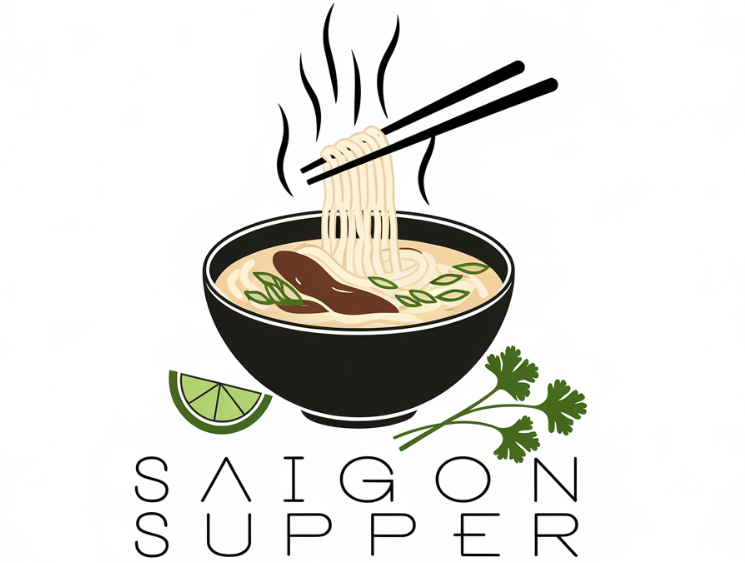When it comes to elevating my home-cooking game, nothing beats the aroma and excitement of crafting my own shrimp and bamboo shoot dumplings from scratch—it’s a savory adventure that hits all the right notes! 🍤✨

Dim Sum Shrimp Dumplings, known as Har Gow, are one of my favorite foods to prepare and eat. These delicate treasures contain succulently beautiful shrimp, finely chopped, mixed, and filled with.
You gotta try it to really get how all these flavors and textures work together. You see that bamboo-shoot mixture?
That’s what makes it so good. And the dough?
Oh my goodness, the dough is insane. So stretchy, so resilient, yet so deceptively tender when you bite into it.
Here’s to the wrappers and the magic that is Dim Sum in general.
Dim Sum Shrimp Dumplings Har Gowha Cao Recipe Ingredients

- Shrimp: High in protein, low in calories; supports muscle health.
- Bamboo Shoots: Low in calories, add fiber; provide a subtle crunch.
- Sesame Oil: Rich in unsaturated fats; adds a nutty aroma.
- Soy Sauce: Enhances umami; contains sodium for flavor balance.
- Wheat Starch: Forms chewy, translucent dough; gluten-free binding agent.
- Tapioca Starch: Adds elasticity; smooth texture for easy wrapping.
Dim Sum Shrimp Dumplings Har Gowha Cao Recipe Ingredient Quantities
- 250g shrimp, peeled and deveined
- 50g bamboo shoots, finely chopped
- 2 tablespoons cornstarch
- 1 tablespoon sesame oil
- 1 tablespoon soy sauce
- 1 teaspoon sugar
- 1/2 teaspoon salt
- 1/2 teaspoon white pepper
- 100g wheat starch
- 50g tapioca starch
- 200ml boiling water
- 1 tablespoon vegetable oil
How to Make this Dim Sum Shrimp Dumplings Har Gowha Cao Recipe
1. Cut the shrimp into small pieces and put them in a mixing bowl.
2. Combine the shrimp with the chopped bamboo shoots, cornstarch, sesame oil, soy sauce, sugar, salt, and white pepper. Mix it all together thoroughly.
3. In another bowl, combine the wheat starch and the tapioca starch. Pour in the boiling water in a slow, steady stream, stirring constantly with a wooden spoon or spatula until a dough forms.
4. Place the dough onto a clean surface and work it gently into a smooth texture.
5. Shape the dough into a log and slice it into uniform segments that are close to teaspoon-sized. These portions should be smooth, because we’re going to roll them into balls.
6. With your palm, flatten each part, and then roll it out with a rolling pin into a thin, round wrapper.
7. Put a small bit of the shrimp filling at the center of each wrapper.
8. Gather the edges of the dumpling wrapper around the filling. Pinch them securely together. It is important to seal the dumpling tightly; otherwise, the filling will leak out during cooking.
9. To prevent sticking, either line a steamer basket with parchment paper or with cabbage leaves.
Next, place the dumplings in the steamer, allowing for some needed space between each of them.
10. The dumplings should be steamed over boiling water for about 7-8 minutes, or until the shrimp is cooked throughout. They are best served piping hot.
Dim Sum Shrimp Dumplings Har Gowha Cao Recipe Equipment Needed
1. Cutting board
2. Knife
3. Mixing bowls (at least two)
4. Wooden spoon or spatula
5. Clean surface for kneading
6. Rolling pin
7. Steamer basket
8. Parchment paper or cabbage leaves
9. Measuring spoons
10. Measuring cup
FAQ
- What is the key to making the dough for Har Gow?To create the ideal dough, combine wheat starch with tapioca starch. Then, in a slow and steady manner, incorporating with a spoon as you go, add just enough boiling water until a dough forms. A good dough, however, is also a well-balanced one. Though a starch-only dough may hold together well in the short term, a lack of fat and protein will ensure that it doesn’t have the kind of staying power that a good dough should.
- How should I prepare the shrimp for the filling?Finely chop the shrimp, ensuring that they maintain a bit of texture. This will help achieve the classic Har Gow mouthfeel.
- Can I substitute bamboo shoots in this recipe?You can also use water chestnuts or jicama for a similar crunch if bamboo shoots are unavailable.
- Is it necessary to use sesame oil and soy sauce?Both lend the essential flavor notes typical of traditional Har Gow, but if needed, you could adjust or substitute with alternatives that suit dietary restrictions.
- What is the best method to steam these dumplings?A bamboo steamer lined with parchment paper or cabbage leaves prevents sticking. High heat turns the dumpling wrappers translucent in 8-10 minutes.
- How do I ensure the har gow skins are chewy and transparent?Wheat starch combined with tapioca starch produces the texture we want. You need to have boiling water when you mix in the starches to get the best results.
- Can these dumplings be stored and reheated?Freezing them before steaming is perfectly fine. Steam directly from the freezer without thawing. Preserving their texture is the goal.
Dim Sum Shrimp Dumplings Har Gowha Cao Recipe Substitutions and Variations
Shrimp: Try using a mixture of very finely chopped chicken and fish for a surf and turf flavor.
Bamboo shoots: For a similar texture and crunch, you can use water chestnuts, very finely chopped.
Sesame oil: You can use toasted peanut oil for a nutty aroma.
Soy sauce: An alternative with a similar taste is tamari, which is gluten-free.
Wheat starch: You can substitute with cornstarch, but the texture might not be quite as good.
Pro Tips
1. Chill the Filling: Before you begin assembling your dumplings, chill the shrimp filling for at least 30 minutes. This helps the mixture firm up, making it easier to handle and reducing the risk of leaks during steaming.
2. Use a Damp Cloth: Keep a damp cloth over the dough to prevent it from drying out while you work on shaping the dumplings. This ensures that the wrappers remain pliable and easy to work with.
3. Even Thickness: When rolling out the dough for the wrappers, try to keep the thickness consistent. This allows for even cooking and prevents overly thick or undercooked edges.
4. Tight Seals: When sealing the dumplings, make sure no air bubbles are trapped inside. Press the edges tightly to avoid openings, which can lead to the filling leaking out during steaming.
5. Rapid Boil for Steaming: Ensure the water in the steamer is at a rapid boil before you place the dumplings inside. This generates the necessary steam to cook them evenly, resulting in tender, translucent wrappers.

Dim Sum Shrimp Dumplings Har Gowha Cao Recipe
My favorite Dim Sum Shrimp Dumplings Har Gowha Cao Recipe
Equipment Needed:
1. Cutting board
2. Knife
3. Mixing bowls (at least two)
4. Wooden spoon or spatula
5. Clean surface for kneading
6. Rolling pin
7. Steamer basket
8. Parchment paper or cabbage leaves
9. Measuring spoons
10. Measuring cup
Ingredients:
- 250g shrimp, peeled and deveined
- 50g bamboo shoots, finely chopped
- 2 tablespoons cornstarch
- 1 tablespoon sesame oil
- 1 tablespoon soy sauce
- 1 teaspoon sugar
- 1/2 teaspoon salt
- 1/2 teaspoon white pepper
- 100g wheat starch
- 50g tapioca starch
- 200ml boiling water
- 1 tablespoon vegetable oil
Instructions:
1. Cut the shrimp into small pieces and put them in a mixing bowl.
2. Combine the shrimp with the chopped bamboo shoots, cornstarch, sesame oil, soy sauce, sugar, salt, and white pepper. Mix it all together thoroughly.
3. In another bowl, combine the wheat starch and the tapioca starch. Pour in the boiling water in a slow, steady stream, stirring constantly with a wooden spoon or spatula until a dough forms.
4. Place the dough onto a clean surface and work it gently into a smooth texture.
5. Shape the dough into a log and slice it into uniform segments that are close to teaspoon-sized. These portions should be smooth, because we’re going to roll them into balls.
6. With your palm, flatten each part, and then roll it out with a rolling pin into a thin, round wrapper.
7. Put a small bit of the shrimp filling at the center of each wrapper.
8. Gather the edges of the dumpling wrapper around the filling. Pinch them securely together. It is important to seal the dumpling tightly; otherwise, the filling will leak out during cooking.
9. To prevent sticking, either line a steamer basket with parchment paper or with cabbage leaves.
Next, place the dumplings in the steamer, allowing for some needed space between each of them.
10. The dumplings should be steamed over boiling water for about 7-8 minutes, or until the shrimp is cooked throughout. They are best served piping hot.
